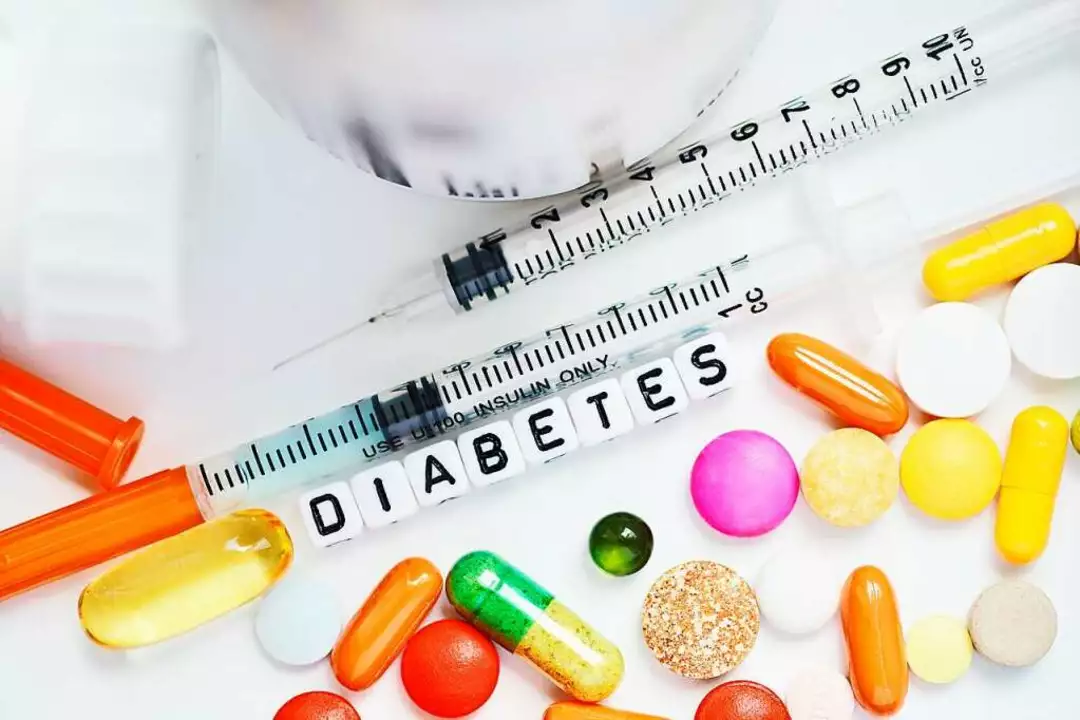Empagliflozin: what it does and who it helps
Empagliflozin (brand name Jardiance) is an SGLT2 inhibitor used mainly for type 2 diabetes. It lowers blood sugar by helping the kidneys remove glucose in urine. Beyond glucose control, it can cut cardiovascular risk and protect the kidneys in many patients — that’s why doctors often choose it when heart or kidney concerns are present.
How it works and the main benefits
Empagliflozin blocks SGLT2 proteins in the kidney so less glucose is reabsorbed. The common results: lower A1C, mild weight loss, and modest blood pressure reduction. The EMPA-REG trial showed reduced risk of cardiovascular death in people with type 2 diabetes and existing heart disease — a big reason it’s widely used.
It may also slow kidney disease progression for some patients. If you have diabetes plus heart disease or chronic kidney disease, talk with your clinician about whether empagliflozin makes sense for you.
Dosing, kidney rules, and when it’s not for you
Typical start dose is 10 mg once daily, taken in the morning with or without food. Doctors may increase to 25 mg once daily if more glucose lowering is needed and the drug is tolerated. Kidney function matters: empagliflozin works less well when eGFR is low and is usually avoided in severe renal impairment or dialysis. Many prescribers check eGFR before starting and periodically afterward.
Not a fit for type 1 diabetes or pregnancy. If you’re on dialysis or have very low kidney function, your doctor will likely choose a different option.
Safety tips and common side effects
Expect these more often: genital yeast infections and urinary tract infections. Keep good hygiene and tell your doctor if you notice unusual discharge, itching, or burning. Because the drug makes you pee more, some people feel lightheaded from low blood pressure — especially if you take diuretics. Stay hydrated and consider adjusting diuretics with your prescriber.
Rare but serious: euglycemic diabetic ketoacidosis (DKA). It can happen with normal blood sugar and cause nausea, vomiting, stomach pain, or fast breathing. If you have those symptoms, get medical help and mention empagliflozin. For planned surgery or if you’re fasting or ill, stop the drug about 72 hours before to lower DKA risk. Also check with your team before starting intense exercise or a very low-carb diet.
Drug interactions are usually manageable: watch for extra blood pressure drop with diuretics and adjust insulin or sulfonylureas to reduce hypoglycemia risk. Routine lab checks (kidney tests, electrolytes) and clear communication with your clinician keep things safe.
Want practical next steps? Ask your clinician about kidney testing, discuss any history of genital infections, and review all meds including diuretics and insulin. If empagliflozin sounds right, your provider will explain dosing, monitoring, and what warning signs to watch for so you can use it safely.




